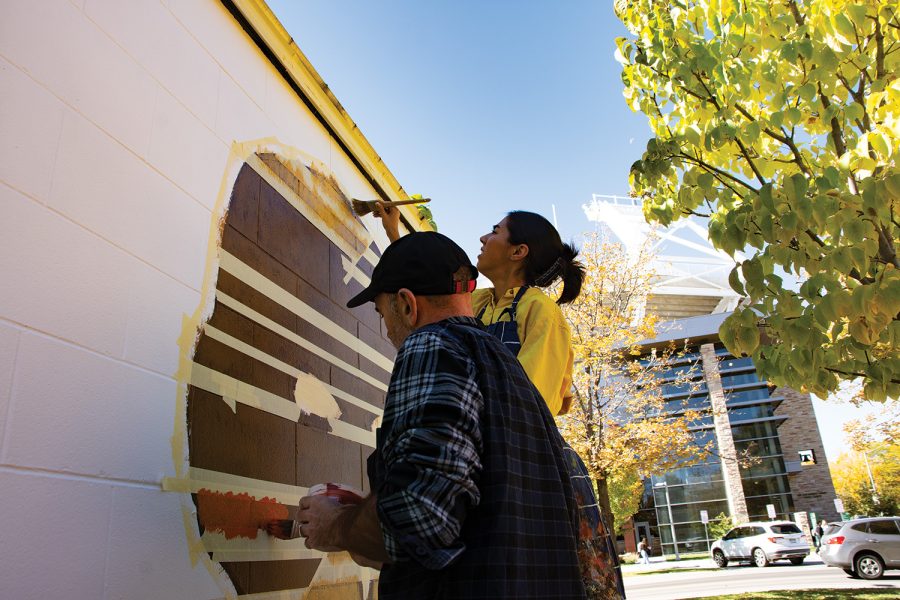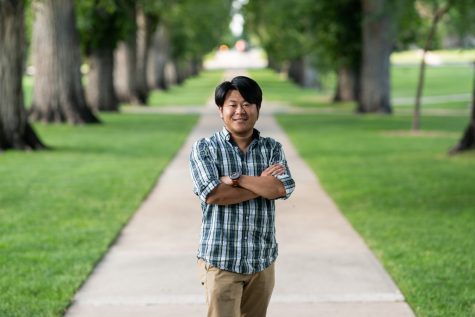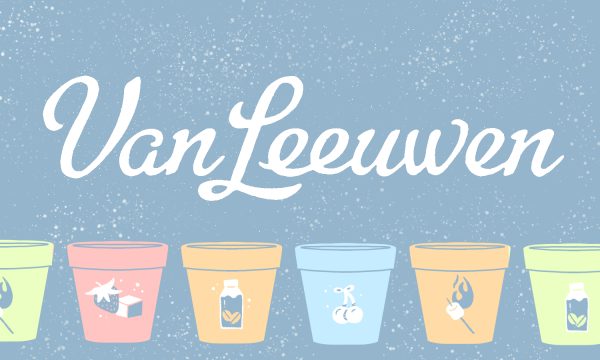New mural created by art students: ‘State S(t)eal’
Collegian | Tri Duong
The latest mural from the vision of Nicholas Galanin, Alaska Native artist, painted on the northwestern wall of the Visual Arts Building Nov. 14.
November 15, 2022
Alaska Native artist Nicholas Galanin designed a new mural featured on the north-facing wall of Colorado State University’s Visual Arts Building.
The artwork can be easily seen by passersby when traveling down West Pitkin Street. The design was painted by a CSU undergraduate as well as graduate students who take classes in the art and art history departments.

Galanin is a Tlingit and Unangax̂ artist who applies his creativity across various disciplines. His work is rooted in and connected to land and investigations regarding the intersections of culture.
“’State S(t)eal’ is based on U.S. state seal designs and the mentality of what these may represent,” Galanin said. “What is removed or actively erased in choosing to define or align with a community? What is actively removed while doing so?”
Galanin researched imagery and visual language used in state seal designs to further assess this composition.
“I thought it was important to get as many people involved as possible, and the experience was great.” -Aitor Lajarin-Encina, CSU assistant professor of painting
Additionally, Galanin considered the use of the term “Colorado native” as opposed to “Native American” when defining origin. He explained how defining oneself as a Colorado native can invalidate the meaning of the word “native,” which is used by many Indigenous inhabitants of Colorado.
“Oftentimes it is our Indigenous peoples that are on the other side of an imaginary line drawn to define history,” Galanin said.
The design is a covered wagon with a wheel clamp fastened to one wheel and a ski mask — or balaclava — on either side of the wagon.

Galanin pointed out the ski masks hold a connection to cinematic identification of thieves, and the covered wagon is associated with property law, trespassing and continued settler occupation on Indigenous territory. The ski masks are painted with a pattern that references Indigenous North American and African basketry.
This mural is the first to be painted onto the building itself and is part of a larger initiative.
Aitor Lajarin-Encina, assistant professor of painting at CSU, helped recruit students to participate in this initiative. Over the course of several weeks, he led multiple undergraduate classes in the art of mural making, along with the instruction of four graduate students to assist in the project’s creation.
“The mural initiative is a long-term plan to incorporate murals into the Visual Arts Building,” Lajarin-Encina said.
He continued to make statements regarding the benefits of this ongoing effort to work with professional artists and students to create murals around the building.
Lajarin-Encina pointed out each professional artist will be able to make a little money and feature their designs, while students in the art department are able to learn the basics of painting a mural.
Lajarin-Encina also mentioned the group working on this project included four graduate students as well as an estimated 50 undergraduates ranging in experience level from foundational to advanced.
“I thought it was important to get as many people involved as possible, and the experience was great,” Lajarin-Encina said.
Throughout the project’s creation, Lajarin-Encina said the students were talking, laughing and blasting music while covering the wall in its final design.
Reach Miles Buchan at entertainment@collegian.com or on Twitter @BuchanMiles.







